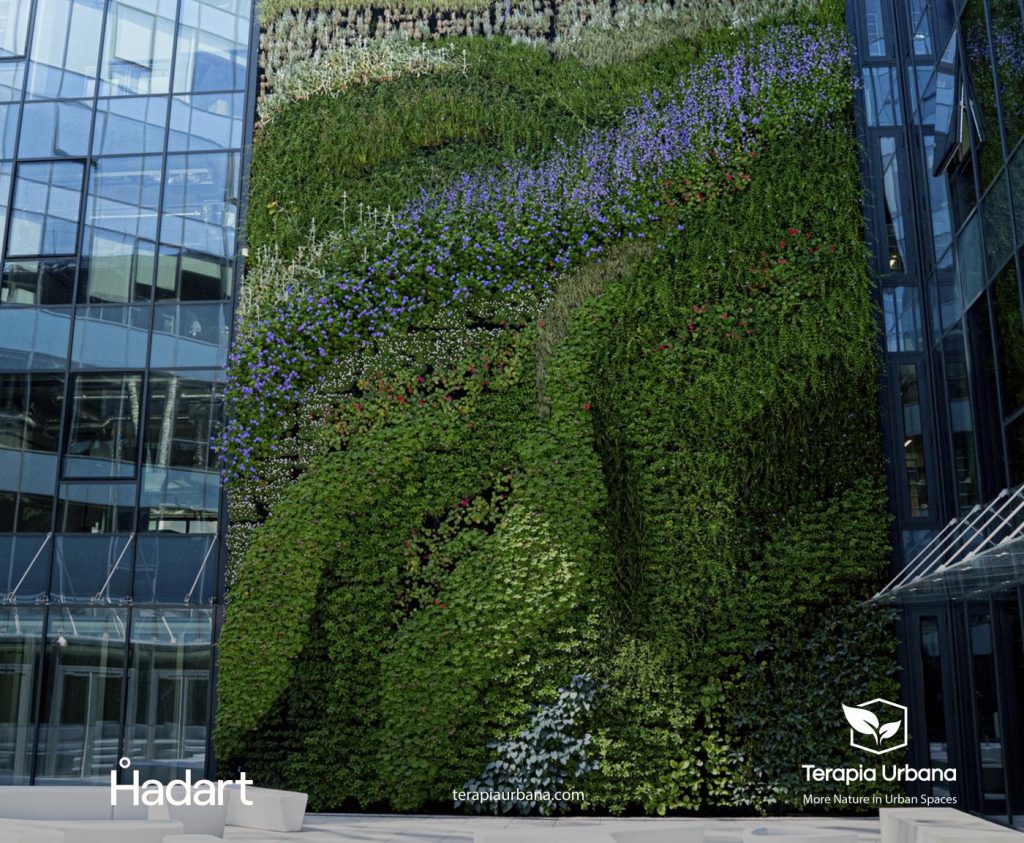A highly urbanized world
Our world is increasingly urban, so much so that it is estimated that 60% of the planet’s population will reside in cities by 2030. This trend has harmful consequences to the environment and sustainability, since, according to UN data, despite the fact that cities occupy only 3% of the planet’s surface, they accumulate no less than 70% of energy consumption and they are responsible for 75% of emissions.
Along these lines, the construction industry is one of the key factors in optimizing the relationship between buildings and the environment in which they are located.
The importance of building under sustainability criteria
Education on sustainability in the training of professionals, the eco-design of buildings, the choice of materials, energy saving, and even the approach in buildings to new, more efficient urban mobility systems are issues that are very present when tackling a new project.
The overall goal of sustainable architecture tends towards zero consumption, so the use of recycled material is as important as the design, the ingenuity for capturing light and energy efficiency, or the insulation obtained.
Ecodesign or Sustainable Design?
Ecodesign is a branch of design that focuses its objective on reducing the environmental impacts that its activity can produce, without significantly reducing the quality of what is obtained. If we broaden this definition, we will realize that the importance of design in the environment can be very significant, since every production process begins with the creation or design phase of the idea, product or service.
When we talk about sustainable design, the objective is the same as in the case of ecodesign, but its basis is somewhat different. What sustainable design aims to do is integrate bioclimatic parameters where the architectural design itself serves to optimize aspects such as lighting and natural ventilation, the climatic conditions, the orientation of the building, the hydrography and the surrounding ecosystems are taken into account…
Increase and protection of biodiversity and ecosystems
More info at the following paper about The role of individual sustainability competences in eco-design building projects

